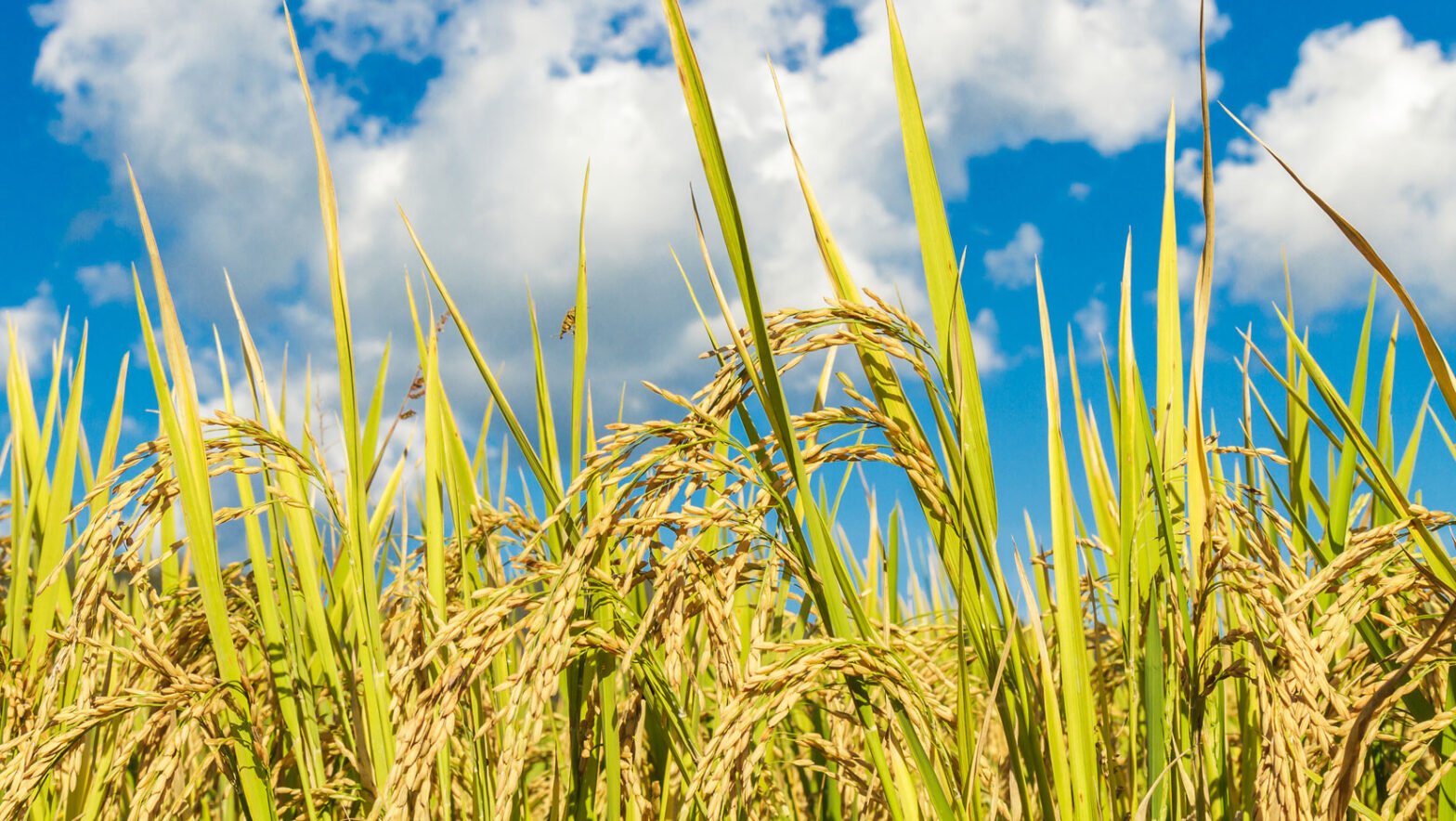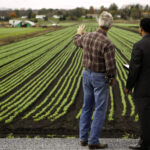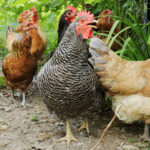
How to Increase Crop Yield With Sustainable And Smart Farming
September 7, 2022
India ranks number two in the world population metric, equal to 17.7% of the world population. So it is evident that India needs to produce foodgrains to provide adequate feed to such a vast population. And this can be the biggest challenge for the agricultural sector due to a lack of sufficient resources. But, with the emergence of modern smart farming and sustainable agriculture, it seems an achievable target.
What are these techniques, and how will they help increase yield? This article will help you answer these questions.
Overview of sustainable agriculture
Sustainable agriculture focuses on maintaining a balance in the ecosystem by optimal use of resources. Thus, the process of sustainable agriculture would enable us to meet the current needs for food and fiber and meet future demands while conserving the natural resources and balancing the ecosystem.
Sustainable agriculture follows the following principles:
- Efficient use of natural resources.
- Maintaining ecological balance.
- Promote organic farming practices among farming communities.
- Meet the needs of the present generation by ensuring availability for future generations.
Overview of Smart Farming
Smart farming is a revolutionizing concept that promotes the application of technology in day-to-day agriculture. It is an approach to managing farms and their products using innovative technologies. Smart farming is based on the internet of things (IoT), which involves sensors, drones, and robots connected through the Internet, performing operations and gathering data to increase predictability.
For a farmer, such a technical approach will promote better decision-making, labor, and crop management. Moreover, it will enable them to carry out day-to-day operations in a planned manner.
How Do These Farming Techniques Increase Crop Yield?
Sustainable agriculture and smart farming is gaining popularity in the agricultural sector. These approaches allow farmers to transform their traditional farming beliefs and follow a more pragmatic approach. Such transformation can benefit farmers by enhancing crop yield. Let’s look at how this might help in improving crop production:
Sustainable agriculture to improve crop yield
A sustainable farming approach can help in increasing crop yield in the following manner:
- Reduced use of chemical and synthetic fertilizers and pesticides can reduce the chemical load in the environment. Thus, creating a favorable environment for crop growth.
- The use of organic fertilizers and pesticides provides adequate nutrients to plants and soil. It will help in improving soil fertility. Improved soil fertility will generate healthy vegetation in the long term.
- Follow crop rotation techniques to maintain soil’s nutrient balance. Crop rotation will also help in preventing soil erosion.
- Sustainable farming promotes natural microbes within the soil and plants. Such microbes are effective in pest management as they eat away harmful organisms. Hence, crops will not get affected due to infectious bacteria and disease.
- The use of natural and eco-friendly biostimulant products is essential to restore the original growth of the plant. Thus providing high-quality and high-value harvest.
Smart farming to improve crop yield
Smart farming uses hardware (IoT) and software (SaaS) to capture the farming data and give actionable insights. Farmers can use these insights to manage all the operations on the farm, both pre-and post-harvest.
- Precision farming for accurate farming decisions
Precision farming is an IoT-based approach that focuses on creating accurate farming decisions. It is different from the traditional farming approach as it allows farmers to make decisions per square meter or plant. For example, by measuring variations within a lot, farmers can give fertilizers and pesticides on time and in the correct quantity.
- Drones help in surveying the farms
Drones are like flying robots that have sensors and cameras. These sensors and cameras provide imaging, mapping, and surveying of the farms. As a result, drones offer many insights into – plant health indices, plant count and yield prediction, plant height measurement, field water pond mapping, scouting reports, chlorophyll measurement, weed pressure mapping, etc. Thus, from this data, farmers can predict the future growth and requirements of their vegetation.
- Automation in greenhouse
IoT-driven smart greenhouses can track the climate by using sensors fit in these greenhouses. As a result, site-specific weather forecasts will allow the optimal cultivation of crops. Moreover, this data is stored in a cloud-based platform that farmers can use in the future to check climate trends.
- Semi-automatic robots with arms
Robots with arms can detect weeds and spray pesticides on the affected plants. Hence, saving up the plants and pesticide costs. These robots can also be used in harvesting and lifting. Farmers can also navigate the big farming vehicles from their homes through phone screens. An embedded GPS can track their positions at any time.
Farmers should understand that the application of these techniques will not increase the yield overnight. Like you cannot build a house in a day, you cannot expect to see the result overnight. Hence, farmers must have patience throughout the process.
Besides, the mere application of these techniques will not provide any benefit. Farmers need to track and analyze the data on a real-time basis. Moreover, they need to be proactive and take action based on statistical analysis.
Government Initiatives to increase crop yield
Since agriculture comprises a large proportion of India’s GDP, the government is also coming forward to help farmers. The government has initiated programs to transform agriculture and enhance crop yield. These initiatives aim to provide technical knowledge to farmers and improve crop production.
- NITI Aayog is collaborating with companies like IBM to provide technology-driven solutions. For instance, to use artificial intelligence is to develop crop-yield protection models.
- The government launched Paramparagat Krishi Vikas Yojana in 2015 under the National Mission of Sustainable Agriculture (NMSA). It aims to promote organic practices without the use of agrochemicals. It will help in improving soil fertility and help produce healthy food. Under this, 50 farmers would form a group having 50 acres of land to execute organic agriculture.
- With Microsoft, the government of India is trying to create an ecosystem for AI into farming. It will leverage the AI-Sowing App powered by Cortana Intelligence Suite, including machine learning and Power BI. The app will send sowing advisories such as optimal dates to sow.
- The Government of India plans to computerize the Primary Agricultural Credit Society (PACS) with a grant of INR 2,000 crore. Such financial aid will help agri-tech startups to provide technological drive solutions.
Way Forward
There is no single and universal method of increasing an average crop yield. Thus, farmers need to follow a sustainable approach and precision farming to improve crop yield. Furthermore, a sustainable agriculture approach ensures ecological balance while smart farming provides a statistical approach to agriculture.
Besides, every farmer must consider their farming objectives, available capital, opportunities, and shortcomings. Such knowledge will provide direction and help them apply these farming techniques.



